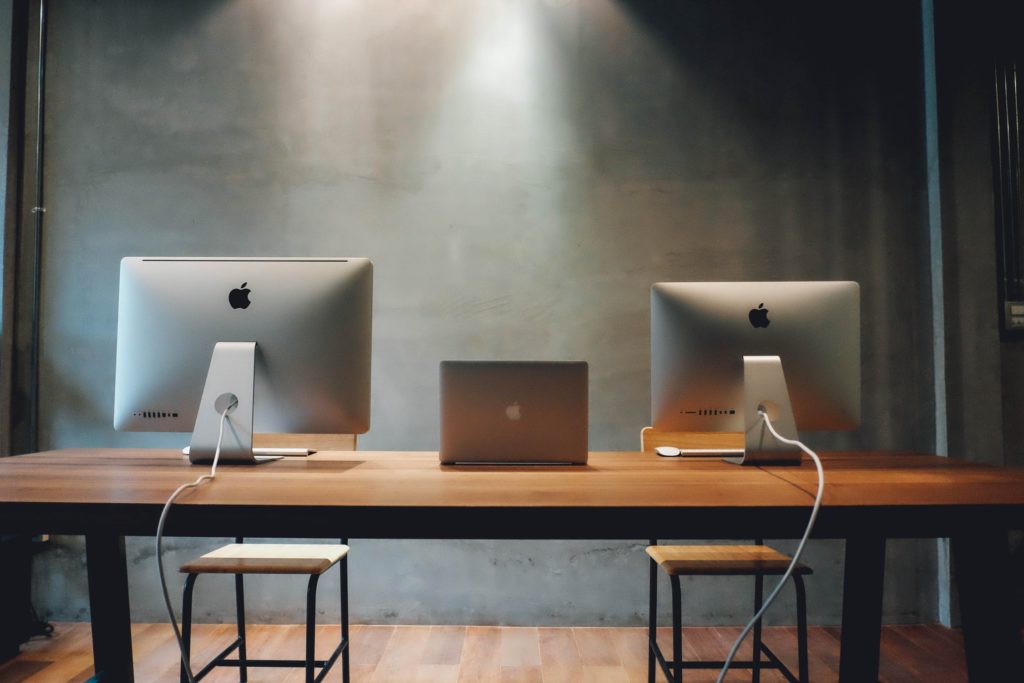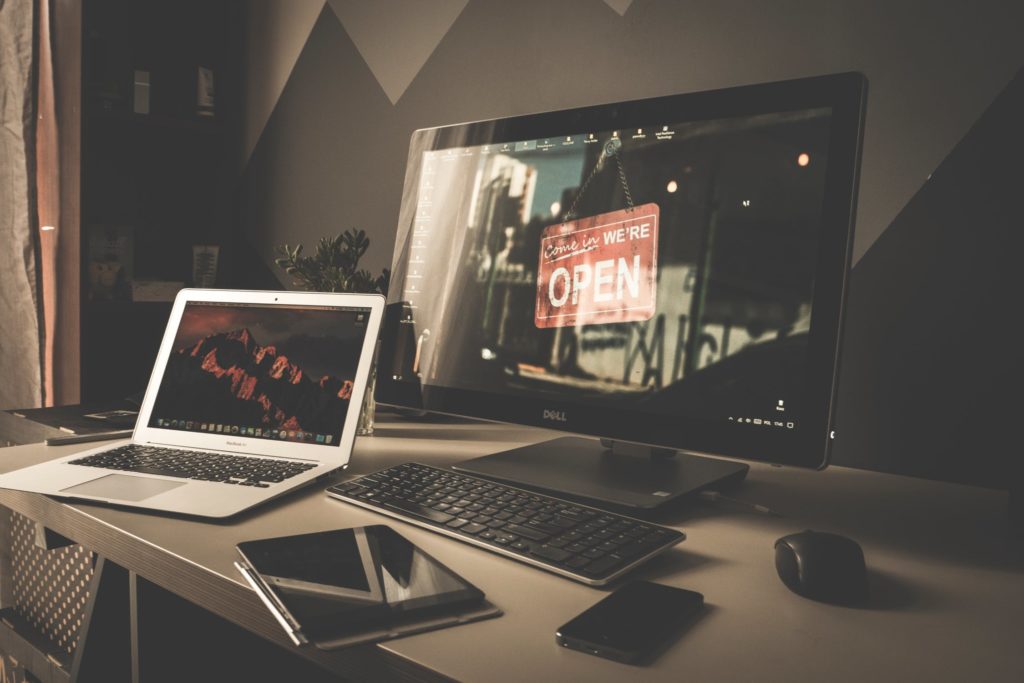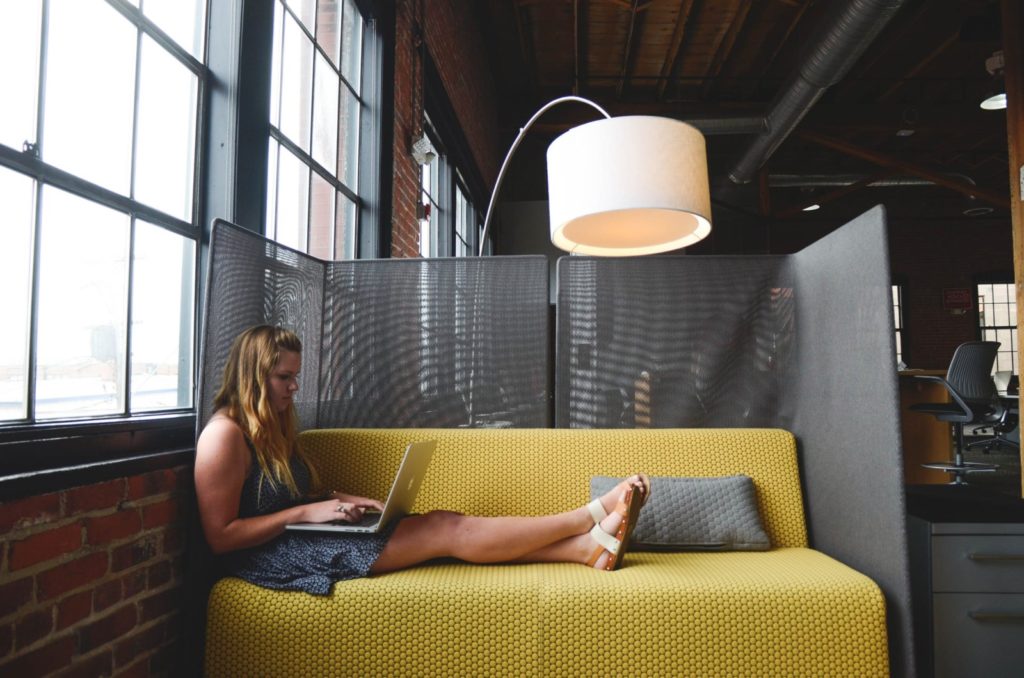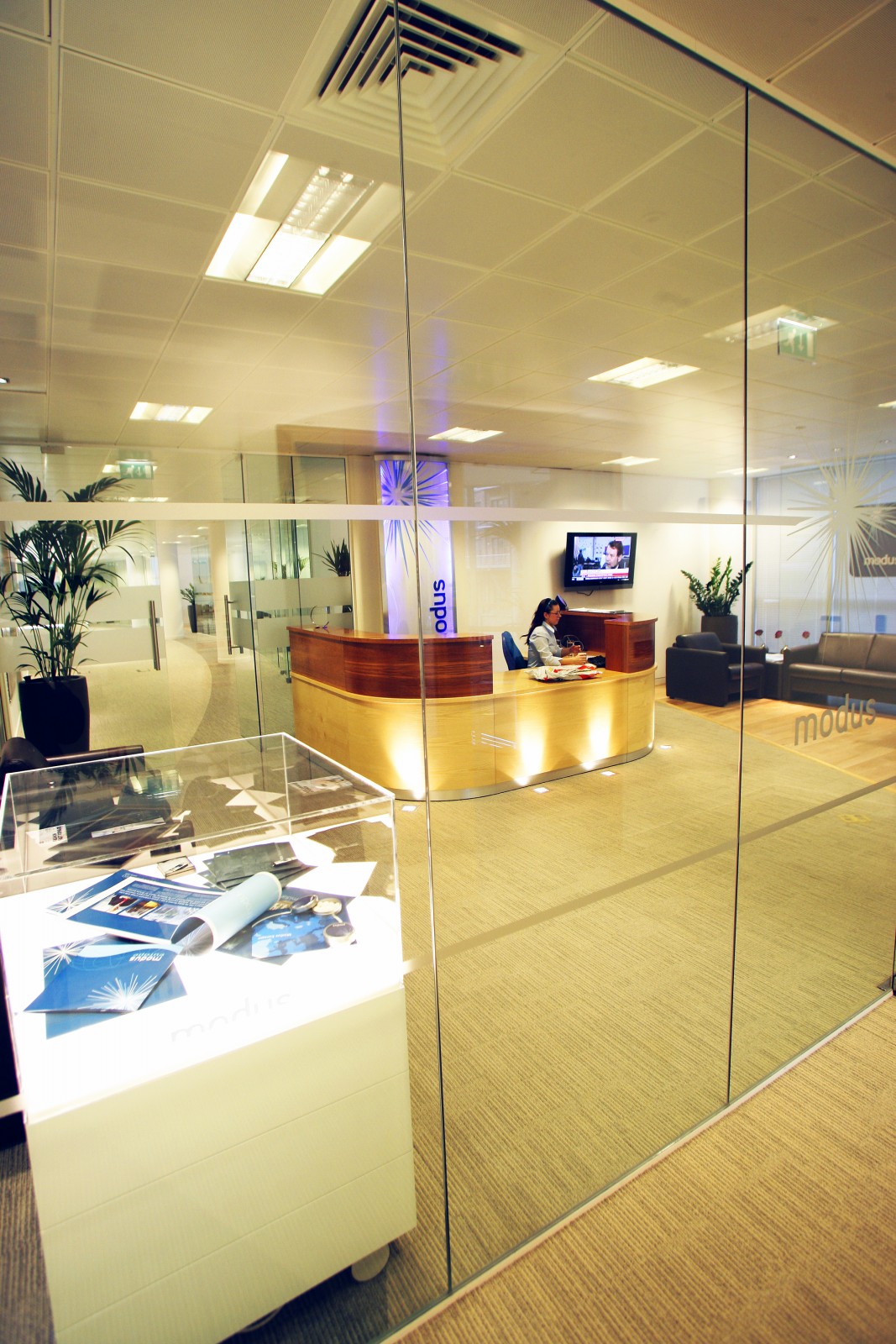22 / 03 / 2018
The changing face of the office workspace
Workplaces are evolving, and have been for many years. Due to advancements in technology and changes in modern design, the way we work has completely transformed.

If we compare the offices of today to those of the early 20th century, the differences are astounding. Following the development of artificial lighting, heating and air conditioning from around the 1930s, companies were able to work efficiently in enclosed, tighter spaces and for longer periods of time. However, working for long hours each day, in the same environment on repetitive tasks began to have a detrimental effect on employees. With changes to the economy and developments in business sectors, employees were now expected to collaborate and work together, but their current set-up of singular desks lined up in rows and rows wasn’t cut out for this.
Collaborative working spaces were introduced in the 1960’s, which incorporated more open plan spaces as opposed to fixed walls, and allowed for a variety of different desk configurations. This varied from desks facing in a circle to being situated side-by-side. It was a great idea for collaborative working, but it didn’t always work. Employees were getting distracted and easily losing concentration, leading to a decrease in productivity.
This is where the infamous cubicle design came in, around the late 1960’s. We’ve all seen evidence of the outdated cubicle designs – where the office would be littered with thousands of movable partitions separating and enclosing each individual desk space. A great idea when it comes to providing privacy, but also reversing the benefits of being able to work collaboratively. Not only that, but the system became almost like a measure of hierarchy – employees started to measure their importance based on the size of their cubicle, the location within the office and so on. Add this to feeling lonely and enclosed with minimal interaction in the office, it began causing mental and emotional stress for the employees and it wasn’t working.
The office of today
20th century workspaces are now a distant memory. The design and functionality of an office have been completely overhauled to encourage more colleague interaction and teamwork, and the social aspect of going to work is now far more prominent.
Changes in technology
Technology has played a key role in the development of the workplace. We’ve replaced typewriters with computers, and old heavy-duty computers with faster, smaller versions. Gone are the days that a PC would fill an entire desk space and it would only take a few to fill an entire office. We’re now seeing computer towers reduce in size, and thinner, sleeker monitors continuing to be developed. Computers have changed the way we work, we’ve replaced faxes and memos with emails and we no longer need to line the walls of our offices with file cabinets and other storage facilities.

Not only has technology changed how we work, but it’s also improved our options pointing towards where we work. The development of laptops and mobile devices means we’re able to work remotely, wherever we want, whenever we want. This means that we’re not confined to one environment, and taking a break away from our desks every now and then is actually a way of driving creativity and increasing productivity. This also encourages collaborative working more efficiently, as it’s far easier to share ideas and brainstorm by taking a few laptops into a co-working space.
Compared to the long working days of the 20th century, the maximum working time has now been reduced to 48 hours a week. Although this may have been seen as a restriction limiting the amount of work able to be completed back then, with the help of technology allowing faster pace, quicker responses and flexibility, staff nowadays are able to complete even more work during these hours. There’s no reason to doubt that technology has had a huge impact on the way we can now work faster and more efficiently, resulting in a happier, more content workforce.
How office design has changed
We don’t need as much space. Companies are now more than capable of working in smaller offices, with less equipment and smaller workstations. As more mobile workforces are encouraged, there’s now less space being taken up by large rows of desks, and more open space left for collaborative spaces and “chill-out zones”. With more focus being placed on thorough design & planning, offices are now built to focus on staff well-being and efficiency. A happy workforce = a productive workforce.

Nowadays, there’s more consideration being put on what furniture we choose to kit out our offices with. We realise that the choice of furniture has a great impact on staff well-being, productivity and overall office design. It’s no longer about buying the cheapest desks and chairs possible, and cramming in as many as you can into a small space. Companies now appreciate that investing in the right furniture pays off in the long run.
Employers are now working on designing offices for both flexibility and functionality. Making staff feel comfortable in the workplace is more important than ever – which is why we’re seeing a growing increase in sit-stand desks, for example. This type of innovation in technology increases staff health and happiness, without being made to feel like they’re confined to one small space 40 hours a week.
Office Design Trends in 2018
The design of the office is always changing, and we’re seeing even more developments in this during 2018. Last month, we managed to get in touch with hundreds of office interior designers throughout the UK, and ask them for their expert predictions on how Office Design Trends will transform in 2018.
The blog post covers everything from biophilia to collaborative working and unconventional spaces, and explains how these kinds of designs are here to stay throughout 2018 and beyond.
Enjoy this article? You might be interested in some of our others:
28 / 04 / 2022
The future of glass partitions in a post-covid office environment
Since it first broke out in 2020, covid has demonstrated the need for glass partitions in offices as a necessity. It was quickly obvious how easily germs can be spread in office environments and the impact this was having.


